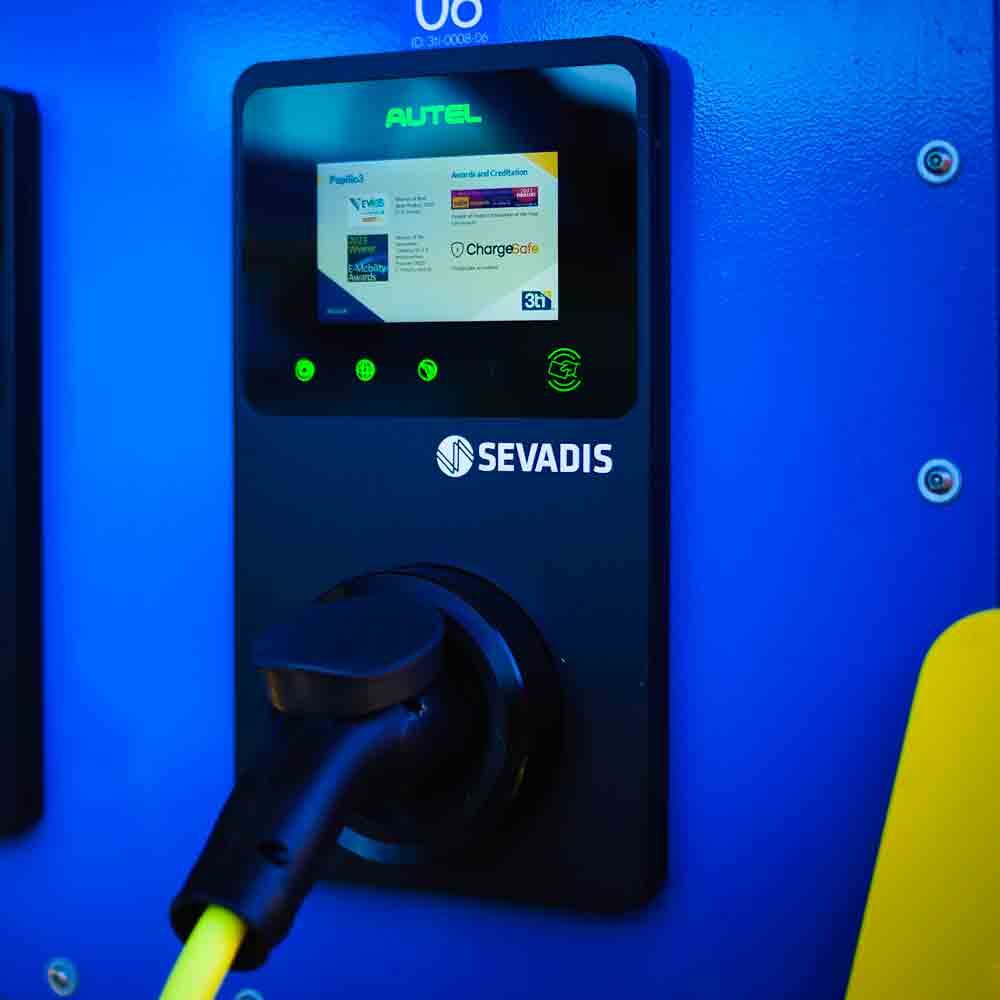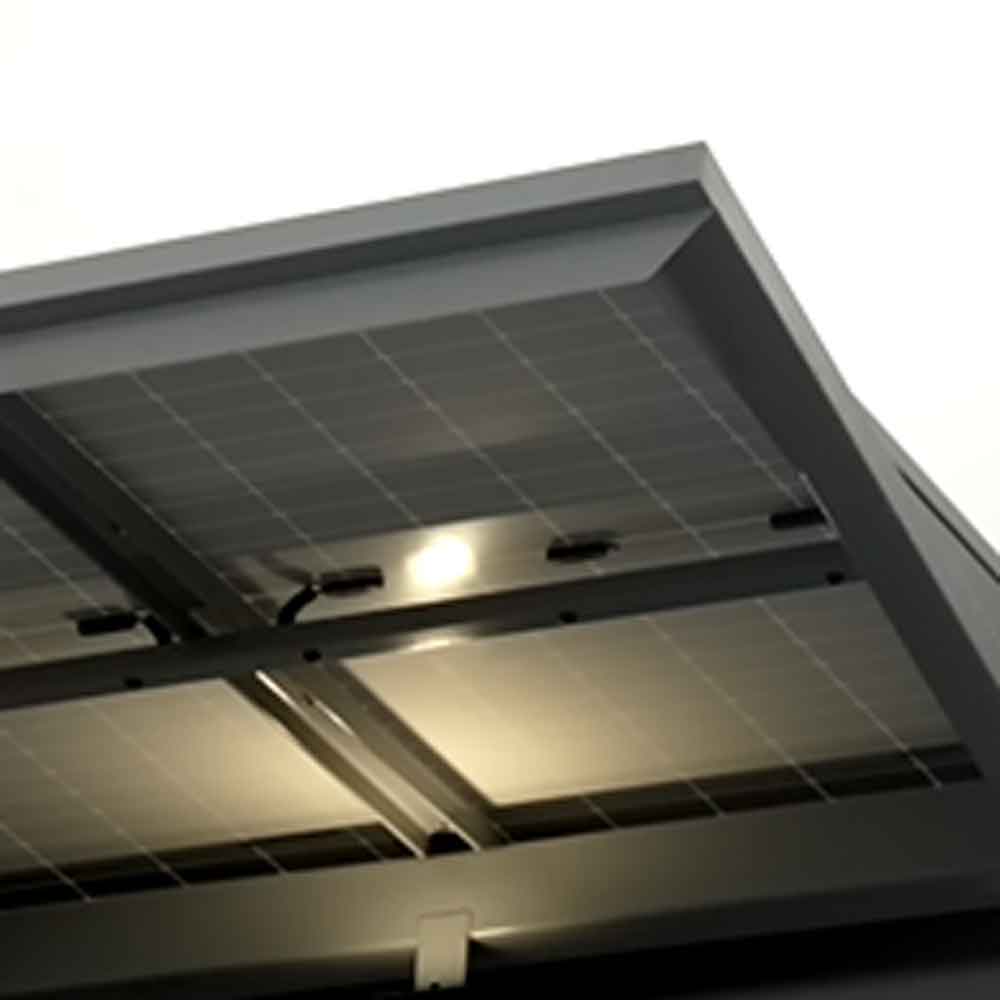What is Dynamic Load Management (DLM)?
DLM allows multiple EV charge points to share a power supply, ensuring the total demand does not exceed available capacity. This enables cost-effective installations by reducing grid connection and electrical distribution costs.
Key Features of Papilio3 DLM
Advantages of 3tiG Technology
How Does Papilio3 DLM Compare?
Emergency Shunt Trip (EST)
An EST is used on constrained sites to protect the power supply by cutting off EV charging if load spikes unexpectedly. This ensures business-critical systems remain operational.
Why Choose Papilio3 for Load Management?
This section outlines our current understanding of planning permission considerations for Papilio3 deployments. It is provided for general guidance only and reflects the position at the time of publication.
We have taken independent professional advice on the planning considerations for deploying Papilio3 across England, Wales and Scotland. As with any planning matter, requirements can vary slightly between local authorities depending on local policies and site-specific factors.
England:
The P3 unit usually falls under the category of ‘permitted development’ as it meets the qualifying criteria under the planning legislation. This criteria includes that it has to be: no more than 4m in height; no less than 10m from the boundary of a dwellinghouse; and not in a Conservation Area or the grounds of a listed building.
It also has to be on an area of land which is currently authorised for use as a car park but is not a residential car park.
If the ground is porous on which the unit is sited then a canopy will need to include details of how the surface water from the unit will also be drained to a permeable / porous area within the off-road car park.
Scotland:
The P3 is ‘permitted development‘ under Scottish planning legislation and does not need either a prior approval or an application for planning permission.
We can offer to secure a formal planning position by submission of an application for a ‘Certificate of Lawfulness’ which confirms that planning permission for the installation is not required.
Wales:
The P3 unit requires planning permission due to different legislation to England.
The information to be submitted and the Council’s considerations are essentially the same as the above, but the outcome is that we secure a full planning permission rather than a prior approval. The approval process is again 56 days.
What is Prior Approval?
Prior approval is a simplified process granting planning permission if key criteria are met:
What is Papilio3’s Back Office Integration?
Papilio3 integrates with cloud-based Charge Point Management Systems (CPMS) via its unique 3ti Glue (3tiG) platform, enabling seamless services such as:
For customers with their own back-office systems, two integration options are available.
Integration Options
Option 1: Direct Customer Back Office (CBO)
Papilio3’s EV charge points communicate directly with the customer’s back office.
Pros: Simplified connection to customer systems.
Cons: Disables 3tiG features, such as:
Option 2: Indirect Customer Back Office (Recommended)
Papilio3’s charge points connect to 3tiG, which interfaces with the customer’s back office.
Pros: Retains key 3tiG benefits like monitoring, fault resolution, and advanced DLM for efficient energy use.
Cons: Shifts some functionalities (e.g., user authentication and payment management) to the customer’s back office.
This approach ensures reliable EV charging while leveraging Papilio3’s advanced power infrastructure management.
Which Option Should You Choose?
Option 1: Best for customers with mature back-office solutions and ample site power capacity.
Option 2: Ideal for customers needing 3ti’s monitoring, reporting, and energy management services or for power-constrained sites.
Why is Internet Access Important?
Papilio3 requires reliable internet access to support EV user authentication, payment processing, performance monitoring, software updates, and remote management. This ensures smooth operation, compliance with UK regulations, and minimal downtime.
How Does Papilio3 Ensure Connectivity?
Papilio3 uses dual-channel failover communication:
This ensures seamless operation even during outages.
Technical Requirements
Connectivity Options
Why Not SIM-Only?
SIM-only solutions are less reliable due to potential network issues and increased data costs. They are only suitable for short-term use.
Security Features
Service Ports
Papilio3 uses multiple outbound service ports for communication. Open outbound traffic for smooth operation. A VPN solution can bypass restrictions if required.

Waterproof solar canopy generating 18MWH / year

Twelve 22kW Fast AC Charge Points

Optional media / advertising screens

Sensor controlled smart lighting & CCTV

Protected plant room with 3tiG controls

Optional battery of up to 500kWh